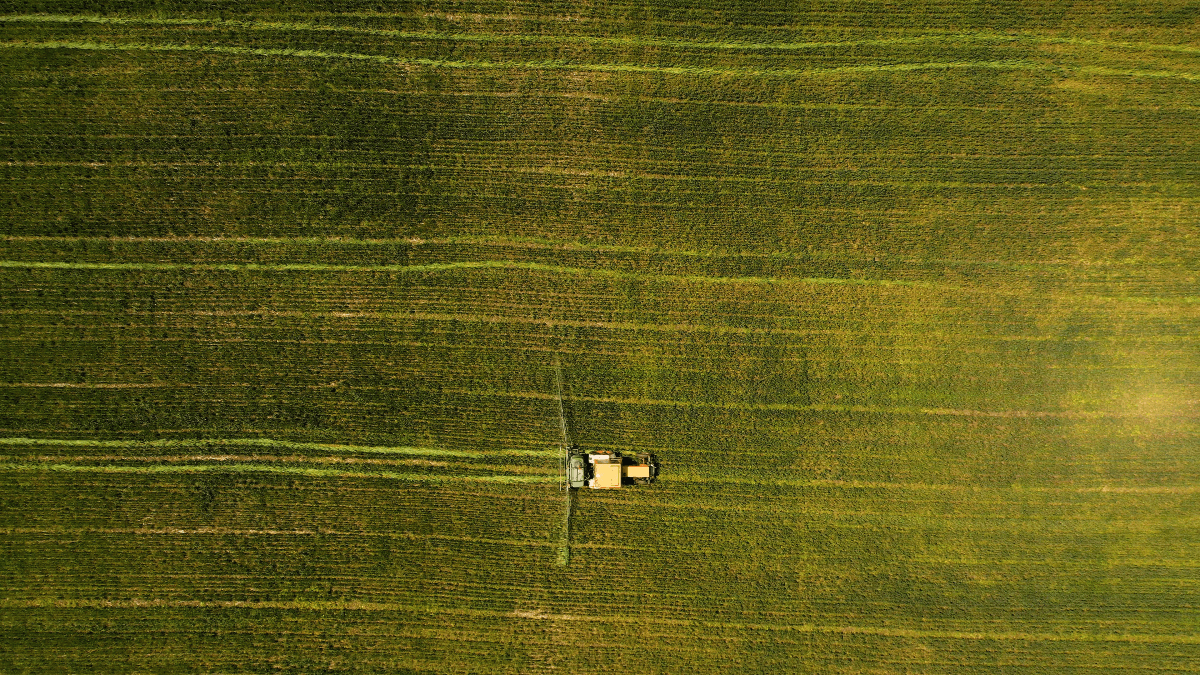Are American Farms Disappearing and Will Government Subsidies Help Them Stay Afloat?
By United Country Real EstateJune 06, 2024

Discover the truth about the future of American farms and how Government Subsidies could help.
In 2022, the USDA (United States Department of Agriculture) examined
current census information and discovered that our country lost around 7%
(141,733) of its total farmland between 2017 and 2022. That is roughly 20
million acres of farmland or the equivalent land size of the great state of
Maine.
Cost is the number one factor
driving this decrease in production, which is essential to our national food
supply chain. Only those food producers
with massive operations and source
material partnerships are finding rapid growth. Increased expenses for seed,
cultivation, workers, and equipment are currently threatening the era of the
individual farmer.
If you trace the battle to
maintain farmland back to 1982, the total acreage rises to 31 million. As of this
year, ranchland is lost every hour to make way for housing and urban industrial
development. This is an important factor as the advent of remote work, rising
housing markets inside metropolitan areas and city life are driving consumers
out of typical regions of settlement.
Imagine you’re a physician
required to remain close to a major trauma unit, even though you function in
administration and not practice. Suddenly, the shift to remote and telehealth
services allows you to earn the same income, but without having to commute.
Wouldn’t it only make sense to relocate your family where the cost of living is
lower? All of a sudden, your dollar gets stretched way more when you’re living
in high-value farmland.
That trend requires the once
productive rural real estate to shift ownership to urban land dwellers.
Suddenly, parts of the United States traditionally used for growing produce are
being bulldozed to make way for apartment complexes and single-family housing.
Then there is the age factor.
Over 40% of rural America's
farmland is owned by people over the age
of 65. In the next 20 years, that will result in roughly 370 million acres of
usable farmland being sold. Not everyone who purchases this beautiful slice of
Americana is going to want to get up at 6 a.m. to tend to the fields.
One way to combat this loss
of farmland is by offering government farm subsidies. Between 2018 and 2022, $123.2 billion was sent to farms through the U.S. Farm Bill, and
another $39.2 billion went into crop insurance. This money is used for farming
practices, research and development, conservation, disaster aid, marketing,
nutrition assistance, risk mitigation, and more.
The idea is that if we can
subsidize the work of farms, we lower the chances of losing so much land to
crucial food supply sourcing. American farmland is the golden ticket to a
well-balanced meal. The cattle, crops, and supplies generated from our rural real
estate are essential in ensuring hungry mouths are fed.
However, several economic and
policy changes need to happen to “sweeten” the pot. Emphasis needs to be placed
on:
- Introducing agribusiness development like entertainment,
housing, and secondary business efforts.
- We need to integrate smart growing principles that mix the
produce considered “in-demand.”
- Permanently put in protection so agricultural land is used for
agricultural purposes.
- Allow the integration of IoT/AI/remote technologies for
streamlining the human workforce.
- Increase investment in renewable energy and solar panel
efficiency.
- Help “niche” farmers focused on organic, free-range, and other
specialty markets to thrive.
By taking these initiatives,
we may well usher in a new generation of farmers eager to get away from the
city now that so much entertainment and exploration of the world are available
at the touch of a screen.
Keeping American farmers at
work will be a challenge in the years to come. The traditional methods of the
past may no longer apply, but the knowledge and insight they can offer should
be valued. This is even more important considering how climate change is pushing
American farmers to confront some
serious challenges.
The U.S. ranks in the top
three for 10 out of 21 of the most
common agricultural commodities in the
world. We are an industry leader in farming and agriculture because we have
such a diverse ecosystem spread out over vast lands like the Midwest, South,
and Southeast. We could face a severe food shortage if we lose these precious
resources.
Investing in farmland and
rural real estate ensures we can maintain our production levels and usher in a
new era of farming innovation and development. That is how we will keep food on
the table night after night.
